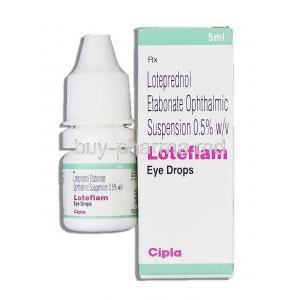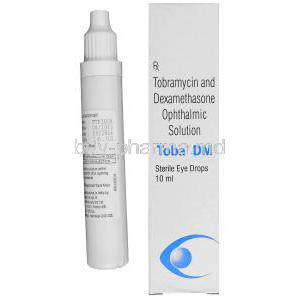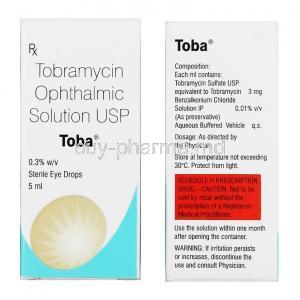Olopatadine Hcl oph.solution
- I. Introduction to Olopatadine Hydrochloride Ophthalmic Solution
- II. Composition of Olopatadine Hydrochloride Ophthalmic Solution
- III. Understanding How Olopatadine Hydrochloride Works
- IV. Recognized Uses of Olopatadine Hydrochloride Ophthalmic Solution
- V. Exploring Off-label Uses of Olopatadine Hydrochloride
- VI. Dosage and Administration Guidelines for Olopatadine Hydrochloride
- VII. Specific Considerations in Administration
- VIII. Potential Side Effects of Olopatadine Hydrochloride
- IX. Warnings and Contraindications Associated with Olopatadine Hydrochloride
- X. Interactions with Olopatadine Hydrochloride
- XI. Careful Administration of Olopatadine Hydrochloride
- XII. Overdosage: Recognizing and Responding
- XIII. Storage and Handling Precautions for Olopatadine Hydrochloride
- XIV. Key Takeaways: Ensuring Safe and Effective Use of Olopatadine Hydrochloride
I. Introduction to Olopatadine Hydrochloride Ophthalmic Solution
Olopatadine Hydrochloride Ophthalmic Solution is well known in the field of medicine in ophthalmology. This solution, sold under brand names like Patanol and Pataday, is a second-generation antihistamine primarily designed to alleviate eye allergies.
with its effectiveness, Olopatadine Hydrochloride Ophthalmic Solution has become a cornerstone in ophthalmology by effectively reducing discomfort caused by eye allergies such as redness, itching, and watering. It's ranging application across different age groups further attests to its significant contribution to maintaining good eye health.
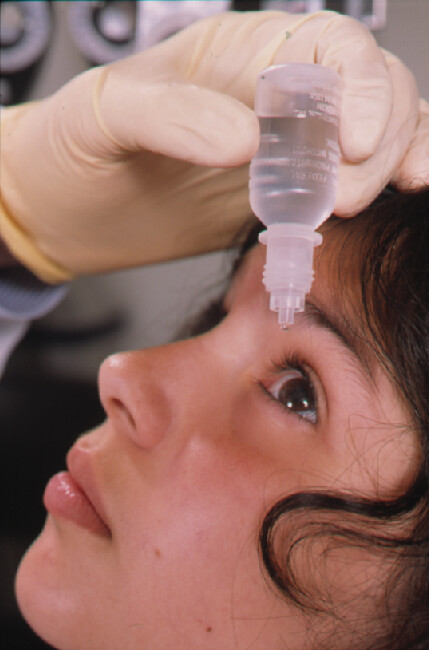
Eye drops
II. Composition of Olopatadine Hydrochloride Ophthalmic Solution
The effectiveness of Olopatadine Hydrochloride Ophthalmic Solution relies on its designed composition.
The main component, Olopatadine Hydrochloride, is an antihistamine that acts as a defense against eye allergies. Here are some notable features of Olopatadine Hydrochloride;
- It specifically blocks the action of H1 receptors reducing the impact of allergens on the eyes.
- This substance is known for its solubility in both water and organic solvents, making it easily absorbable in ophthalmic solutions.
- The pharmacodynamic characteristics of Olopatadine Hydrochloride demonstrate its performance in combating allergies highlighting its therapeutic benefits.
In addition to the ingredient Olopatadine Hydrochloride Ophthalmic Solution contains various inactive components, each playing a specific role. Preservatives like benzalkonium chloride ensure product longevity, while substances like sodium chloride and water for injection maintain the balance of the solution. Although these inactive ingredients do not have pharmacological effects, they are crucial for the overall performance and stability of the solution.
III. Understanding How Olopatadine Hydrochloride Works
Olopatadine Hydrochloride is highly skilled at soothing the discomfort caused by allergies. It achieves this by utilizing a method of action functioning as a specific antagonist to the H1 histamine receptors, which are frequently involved in allergic responses.
- The process involves binding Olopatadine Hydrochloride to these receptors, followed by inhibiting the effects of histamine, a compound released during allergic reactions.
- This ultimately leads to an improvement in ocular discomfort and relief from allergy symptoms. The antihistamine properties of Olopatadine Hydrochloride are fundamental to its effectiveness in managing allergies. Its strong affinity for H1 receptors combined with its selectivity allows it to suppress the disturbances caused by eye allergies effectively. Doing it highlights its substantial contribution to the field of ophthalmological therapeutics.
IV. Recognized Uses of Olopatadine Hydrochloride Ophthalmic Solution
The importance of Olopatadine Hydrochloride Ophthalmic Solution lies in its recognized uses for eye-related conditions. It is primarily prescribed to treat conjunctivitis, which is an inflammatory condition caused by allergens.(1)
This medication effectively relieves symptoms like redness and itching. One specific type of conjunctivitis is seasonal(2), meaning it tends to recur in certain seasons, typically spring or fall. Olopatadine Hydrochloride is successful in managing the symptoms of this ailment.
Numerous scientific studies have confirmed the effectiveness of Olopatadine Hydrochloride Ophthalmic Solution for these conditions. These studies, conducted with methods and detailed data analysis, demonstrate the therapeutic abilities of this medication.(3)
- A significant study published in the Journal of Allergy and Clinical Immunology highlighted the remarkable efficacy of Olopatadine Hydrochloride in reducing ocular itching for seasonal allergic conjunctivitis patients. This randomized and double blind trial showed that the medication was highly effective, with a safety profile.
- Another notable study published in the American Journal of Ophthalmology demonstrated how Olopatadine Hydrochloride can effectively manage allergic conjunctivitis.This extensive research has shed light on the benefits of the drug in enhancing patients quality of life, highlighting its importance in the overall field of eye care.
The abundance of evidence strongly supports the effectiveness of Olopatadine Hydrochloride Ophthalmic Solution, confirming its valuable role in ophthalmology treatments.
2. National Library of Medicine - Efficacy of olopatadine ophthalmic solution 0.2% in reducing signs and symptoms of allergic conjunctivitis
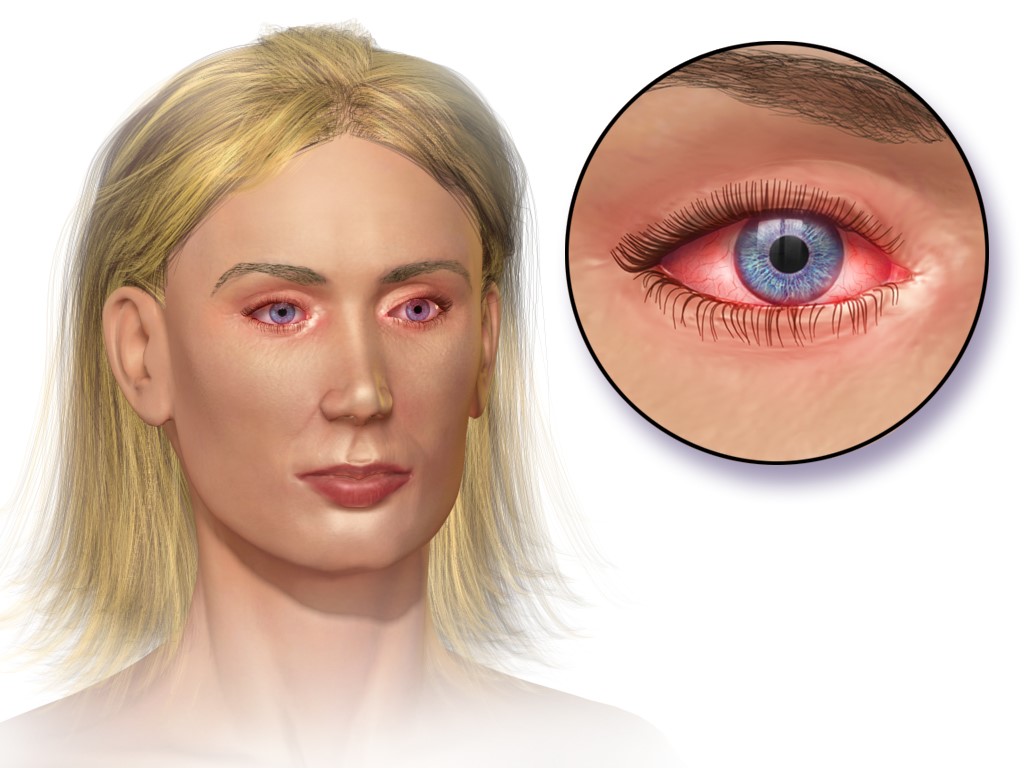
Allergic Conjunctivitis
V. Exploring Off-label Uses of Olopatadine Hydrochloride
Olopatadine Hydrochloride offers more than its approved uses and can be applied in various off-label situations. Off-label use refers to prescribing medications for conditions, age groups, or in dosages or forms that are not officially approved. Healthcare providers exercise caution when deviating from the approved use relying on clinical evidence.
Over time Olopatadine Hydrochloride Ophthalmic Solution has gained recognition for off-label applications. Although lacking regulatory approval, these uses are supported by scientific evidence and practical experience.
- Vernal Keratoconjunctivitis is a seasonal allergic disease that mainly affects children and young adults. Anecdotal evidence and observational studies have shown that Olopatadine Hydrochloride has the potential to alleviate the itching and redness associated with this condition.
- Contact Lens-Induced Papillary Conjunctivitis is an irritating eye condition often seen in contact lens wearers, characterized by redness, itching, and discomfort. While not officially recommended for this purpose, Olopatadine Hydrochloride Ophthalmic Solution has shown results in managing these symptoms.
A study published in the Journal of Pediatric Ophthalmology and Strabismus examined the use of Olopatadine Hydrochloride for treating Vernal Keratoconjunctivitis. The research revealed improvement in symptoms among the patients studied, indicating the potential, off-label benefits of this medication.
In a way, an article published in the British Journal of Ophthalmology discussed how effective Olopatadine Hydrochloride can be in managing Contact Lens Induced Papillary Conjunctivitis. Although the study was exploratory in nature the results provided an outlook on the potential use of the drug for purposes not officially endorsed. These alternative uses highlight the range of applications for Olopatadine Hydrochloride Ophthalmic Solution and demonstrate its diverse therapeutic benefits.
VI. Dosage and Administration Guidelines for Olopatadine Hydrochloride
It is important to use Olopatadine Hydrochloride Ophthalmic Solution with care following the dosage and administration guidelines. When treating Allergic Conjunctivitis and Seasonal Allergic Conjunctivitis, applying one drop in each affected eye is typically recommended twice a day.
This dosage is also generally used for off-label purposes, but the frequency may vary depending on the severity of the condition and how the patient responds to treatment. Proper administration technique is crucial for effectiveness.
The patient should slightly tilt their head back. Gently pull down their lower eyelid to create a "pocket." It's important to avoid touching the eye or any surfaces with the tip of the bottle to prevent contamination. Place a drop into the "pocket" and gently close the eye for a few minutes.
VII. Specific Considerations in Administration
Although Olopatadine Hydrochloride Ophthalmic Solution is generally well tolerated there are groups of people who need to be more cautious when using it. When it comes to individuals, no specific dosage adjustments are typically needed.
However, it's important to monitor for any side effects due to age-related changes in how the body processes and eliminates the drug.
- Pregnant women and nursing mothers should carefully consider the benefits versus the possible risks before using this medication.
- Although there haven't been any human studies on Olopatadine Hydrochloride during pregnancy (classified as Pregnancy Category C), its use should only be considered if the benefits outweigh any potential risks to the fetus.
- Similarly, for nursing mothers, we don't know if Olopatadine Hydrochloride is excreted in breast milk. Therefore caution is advised. The decision on whether to continue breastfeeding or stop taking the medication should take into account how important the drug is for the mother.
- When it comes to children, we have established that Olopatadine Hydrochloride Ophthalmic Solution is safe and effective for children aged three years and older. However, it's still not recommended for children under three years old.
VIII. Potential Side Effects of Olopatadine Hydrochloride
Despite the proven benefits of Olopatadine Hydrochloride Ophthalmic Solution, some patients may experience a few side effects. These reported side effects include;
- Temporary eye irritation or burning
- Headaches
- blurred vision
- Stinging of the eye
- Redness in the eye.
Typically these symptoms are temporary, May resolve on their own. However, if they persist or worsen, it's important to consult a healthcare provider.
In cases, more serious side effects can occur, such as severe eye pain, changes in vision or allergic reactions (such as rash, itching/swelling of the face/tongue/throat, severe dizziness or difficulty breathing). If any of these occur, immediate medical attention should be sought.
Like any medication, it's crucial to understand the potential side effects and how to manage them. Knowing when it is necessary to seek attention is essential for the safe and effective use of Olopatadine Hydrochloride Ophthalmic Solution.
IX. Warnings and Contraindications Associated with Olopatadine Hydrochloride
While Olopatadine Hydrochloride Ophthalmic Solution is highly beneficial for individuals with allergies, it's important to be aware of its contraindications and take heed of warning signs. If someone has a hypersensitivity to Olopatadine Hydrochloride or any of its components, it is strongly advised not to use it as it may result in severe allergic reactions, including anaphylaxis.
Furthermore, if any sudden changes in vision occur, intense eye pain is experienced, or there is swelling or redness in or around the eyes, it is crucial to discontinue usage and seek medical advice promptly.
X. Interactions with Olopatadine Hydrochloride
Although Olopatadine Hydrochloride Ophthalmic Solution is not known to have interactions with drugs or food, it is important to inform your healthcare provider about any other medications you are taking or dietary practices you follow.
Using eye medications at the same time can potentially interact with each other and affect their safety and effectiveness. It is generally recommended to wait at least five minutes between applying different eye drops to prevent dilution and washout of the drugs.
Additionally, it's worth mentioning that consuming food does not affect the administration of Olopatadine Hydrochloride Ophthalmic Solution making it easy to use and ensuring compliance.
XI. Careful Administration of Olopatadine Hydrochloride
To ensure that you obtain the benefits from Olopatadine Hydrochloride Ophthalmic Solution, it is crucial to follow proper administration practices. Here are some key guidelines to ensure effective use;
- Before applying the solution, make sure to practice hand hygiene.
- Avoid allowing the tip of the bottle to come into contact with any surface as this can prevent contamination.
- It is essential to adhere to the prescribed dosage and frequency of use.
- Remember that medication adherence plays a role in achieving therapeutic success. Skipping doses or using the medication irregularly can compromise its effectiveness.
- On the hand, exceeding the prescribed dosage may increase the risk of side effects without providing better symptom control.
In summary diligent administration and steadfast adherence to the dosage are crucial for effectively managing ocular allergies, with Olopatadine Hydrochloride Ophthalmic Solution.
XII. Overdosage: Recognizing and Responding
While it is uncommon, there is a possibility of overdosing on Olopatadine Hydrochloride Ophthalmic Solution if used accidentally ingested. If this happens, you may experience discomfort or itching in your eyes, along with increased redness and swelling.
In cases, there could be systemic effects like dizziness, headaches, irregular heartbeat, or severe allergic reactions. If you suspect an overdose, the first step is to stop using the medication. Then rinse your eye with water to remove any excess medication.
However, it is crucial to seek medical attention as the primary approach to managing an overdose. This will ensure appropriate and timely care is provided to prevent complications.
XIII. Storage and Handling Precautions for Olopatadine Hydrochloride
It is extremely important to store and handle Olopatadine Hydrochloride Ophthalmic Solution correctly to ensure it remains effective. To maintain its integrity, it should be stored at room temperature. Protected from light and moisture.
It's crucial to avoid exposing the medication to temperatures or freezing. Additionally, make sure to keep the solution out of reach of children to prevent ingestion.
To ensure safety never touch the tip of the bottle with your hands or any other surface to prevent contamination. Remember to replace the bottle cap after each use and refrain from using the solution past its expiration date.
XIV. Key Takeaways: Ensuring Safe and Effective Use of Olopatadine Hydrochloride
Olopatadine Hydrochloride Ophthalmic Solution offers hope to individuals dealing with allergies. Its safety record is impressive. Its powerful antihistamine properties provide effective relief for symptoms and enhance the quality of life.
- It's important to use the medication as prescribed, following the recommended dosage and frequency.
- Proper storage and handling are crucial to maintain its effectiveness.
- If any side effects or signs of overdose occur, seek medical attention.
- Make sure to discuss any medications you're taking with your healthcare provider to prevent any potential interactions.
In conclusion, by following the prescribed administration adhering strictly to the dosage instructions and exercising caution Olopatadine Hydrochloride Ophthalmic Solution can significantly reduce the burden of ocular allergies allowing for improved vision and comfort, in everyday life.















